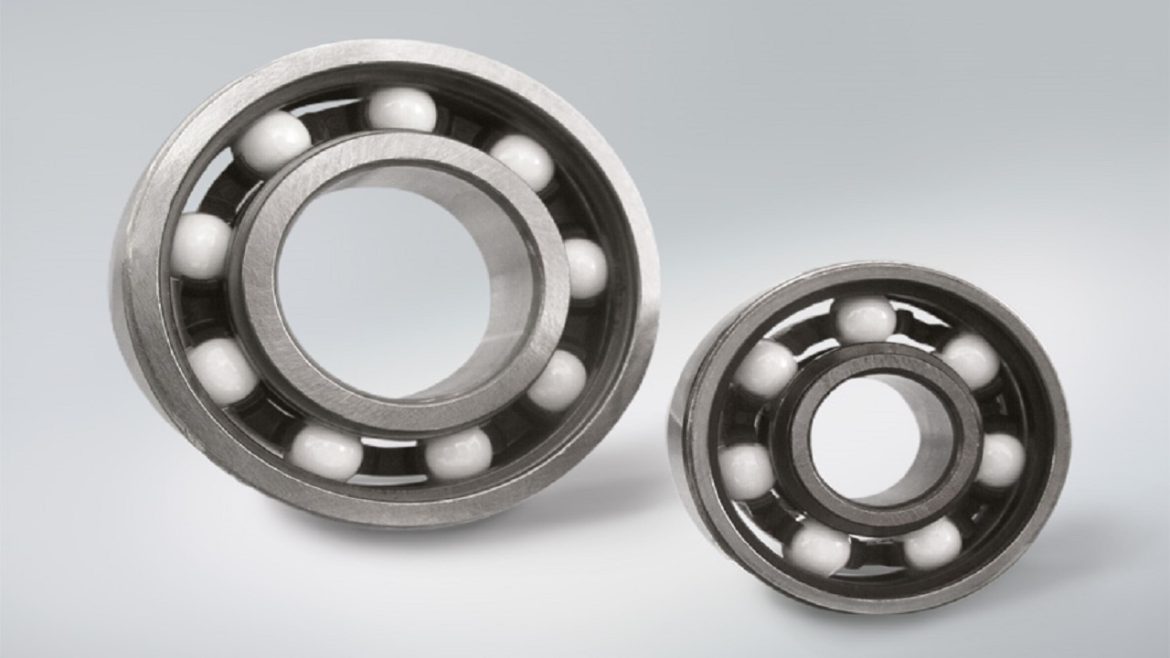When it comes to high-performance applications, such as aerospace, automotive racing, and industrial machinery, the choice of bearings can significantly impact the overall efficiency and durability of the equipment. Among the various types of bearings available, ceramic ball bearings have gained a reputation for their exceptional performance and numerous advantages. In this article, we’ll explore why ceramic ball bearings are preferred in these demanding fields and how they contribute to improved outcomes. For more information about ceramic ball bearings and their applications in high-performance industries, visit the AUB Bearing Manufacturing Co., Ltd. Bearings website.
Low Friction and Reduced Heat Generation
Ceramic ball bearings are well known for their low friction characteristics. Unlike traditional steel ball bearings, ceramic balls have a smoother surface with fewer imperfections, resulting in less friction when in contact with the bearing raceways. This reduced friction translates to lower energy consumption and less heat generation during operation. In high-performance applications, where efficiency is paramount, ceramic ball bearings help equipment run cooler and more efficiently, reducing the risk of overheating and premature wear.
Exceptional Durability
High-performance applications often involve extreme conditions and heavy loads. Ceramic ball bearings excel in these environments due to their exceptional durability. They are highly resistant to corrosion, wear, and chemical damage, making them ideal for applications where traditional steel bearings might degrade over time. This durability extends the lifespan of the equipment and reduces maintenance costs.
Lightweight Design
Ceramic ball bearings are significantly lighter than their steel counterparts. In applications where weight reduction is critical, such as aerospace and motorsports, ceramic bearings offer a substantial advantage. The reduced weight not only enhances overall performance but also contributes to improved fuel efficiency and maneuverability.
High-Speed Capabilities
Another significant advantage of ceramic ball bearings is their ability to operate at higher speeds. The combination of low friction and reduced heat generation allows equipment to reach and sustain higher rotational speeds without compromising performance or safety. This capability is particularly valuable in industries where speed is a defining factor, such as in precision machining and robotics.
Resistance to Thermal Expansion
Ceramic materials have a lower coefficient of thermal expansion compared to steel. This means that ceramic ball bearings are less prone to dimensional changes under varying temperatures. In high-performance applications where temperature fluctuations are common, such as in racing vehicles or industrial machinery, ceramic bearings maintain their precise tolerances, ensuring consistent performance.
Enhanced Precision
Ceramic ball bearings are known for their superior precision. Their smooth and uniform surfaces, coupled with advanced manufacturing techniques, result in bearings with tight tolerances. This level of precision is crucial in applications where accuracy and reliability are paramount, such as in medical devices, where any deviation can have critical consequences.
Reduced Maintenance Requirements
Due to their durability and resistance to wear, ceramic ball bearings typically require less maintenance compared to traditional bearings. This translates to reduced downtime and lower maintenance costs in high-performance industries where equipment reliability is crucial.
Conclusion
In conclusion, the advantages of ceramic ball bearings in high-performance applications are undeniable. Their low friction, exceptional durability, lightweight design, high-speed capabilities, resistance to thermal expansion, enhanced precision, and reduced maintenance requirements make them a top choice for industries that demand peak performance and reliability.
